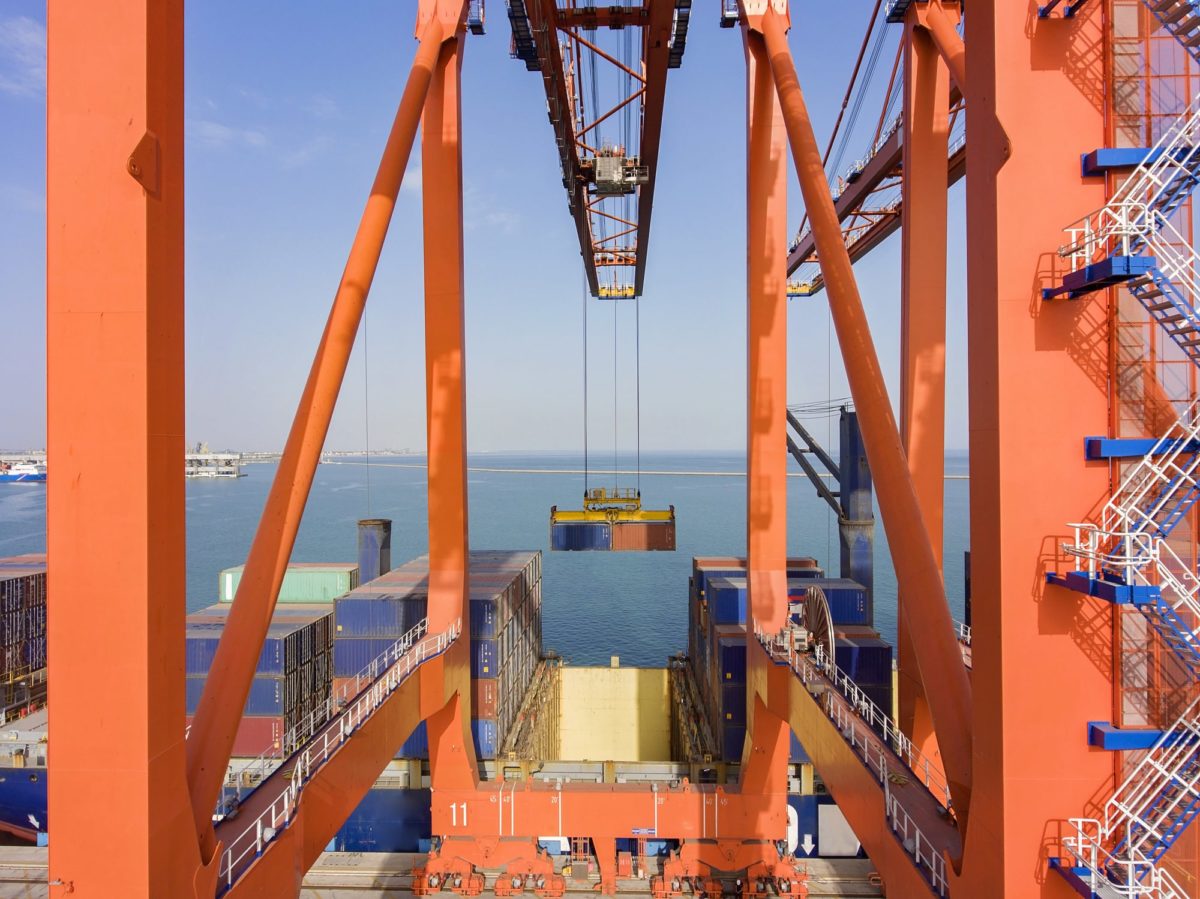
The Most Common Injuries from Commercial Marine Equipment
December 19, 2019
The commercial marine industry is widely regarded as one of the most hazardous. Workplace injury rates among commercial marine workers rival that of industries like mining, logging, and heavy equipment manufacturing. In an effort to better manage workplace risks, commercial marine operations must couple the protections of marine insurance with an understanding of common injury sources within this industrial sector. Together, the industry can use these tools to reduce the threat of serious or even life-threatening injuries among commercial marine workers.
Injury Risks in the Commercial Marine Industry: An Overview
Businesses within the commercial maritime industry are diverse and dynamic, with many moving parts that facilitate operations. The unifying thread among these diverse operations is the substantial risk involved – risks that include the potential for physical harm of workers. In shipbuilding facilities, marinas, cargo ports, and drydocks, hazardous equipment is often employed. One careless slip-up could result in an injury or death among workers.
Injury sources in the commercial marine industry include:
- Crush hazards – at many commercial marine facilities, heavy machinery is used to move or transfer cargo containers, ship parts, and vessels. Workers can be crushed between containers or vehicles; they may also be exposed to falling objects when lifting equipment fails or accidents occur. Winches and conveyor belt systems on commercial fishing vessels pose their own set of risks, which can include crush injuries as well as amputation of limbs and so-called mechanical asphyxiation.
- Welding/fire hazards – workers who weld, particularly in the shipbuilding sector, face substantial injury risks, including burns, electrical shocks, and eye injuries. Welding accidents and the presence of flammable substances in the marine workplace can also lead to fires that cause injury and property damage.
- Inhalation hazards – flammable solvents, gases emitted from welding, and exhaust from the operation of vehicles and machinery all pose inhalation injury risks for marine workers. Respiratory injuries are some of the most common injuries reported in this industrial sector.
- Slip and fall hazards – in any work environment where unstable footing is part of the landscape, injuries related to slips and falls can occur. This is especially true in the maritime environment, with slippery vessel decks and treacherous conditions that can lead to severe injury.
- Environmental hazards – many commercial marine operations take place outdoors, and workers are subjected to high or low temperatures, sun exposure, moisture, and storm activity. In winter, outdoor workers see an increase in weather-related injury risks, including hypothermia and frostbite. All of these factors can lead to life-threatening injuries.
The commercial marine workplace environment demands long hours and physical exertion. Tired workers are at a higher risk of accidental injuries. Commercial marine insurance is only part of the risk management solution. Facility managers and owners must take into account workplace conditions and workloads of employees as a means of protecting their employees from unnecessary injury risks.
Risk Management in Commercial Marine Workplace Environments
As mentioned earlier, marine insurance serves as only one part of a more comprehensive risk management program for the commercial maritime industry. Preventing injuries from occurring in the first place should be the goal of any facility owner/manager; by doing so, facilities can maintain safer workplaces while reducing the expenses associated with injury claims.
Identifying and mitigating workplace hazards is a crucial component of risk management. Some of the hazards present in commercial marine operations are unavoidable – heavy machinery, welding equipment, and cranes or winches are part of the operating environment – but certain hazards can be minimized. These include slip and fall hazards or undesirable environmental exposure during summer or winter months. Facilities should ensure that employees have access to personal protective equipment (PPE) at all times. PPE may include:
- Hardhats
- Insulated coveralls
- Reflective vests or belts for nighttime operations
- Insulated hand and foot coverings
- Welding goggles or face shields
- Respirators or NIOSH-approved face masks
- Fire-resistant garments
Training and retraining employees on safe workplace practices is another valuable component of the risk management process. By providing training, facility managers can instill a safety-oriented workplace environment. With these steps, and with the protection of commercial marine insurance policies providing important coverage from liabilities, commercial marine operations may continue to perform their valuable work with a reduction in employee injuries on the job.
About Merrimac Marine Insurance
At Merrimac Marine, we are dedicated to providing insurance for the marine industry to protect your clients’ business and assets. For more information about our products and programs, contact our specialists today at (800) 681-1998.
